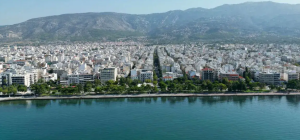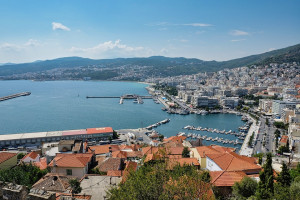Summers are hot and dry with a 7-month period of near-constant sunshine generally from April until November. The remainder of the year is characterized by a relatively cold, rainy period which generally starts sometime in November and lasts until late March or early April. Sporadic rains do occur during the dry season, but they tend to be rare, quick showers.
The country’s Ionian Coast and Ionian Islands tend to receive more annual precipitation than the rest of the country and are slightly more humid. The islands in the southern Aegean and parts of the southeastern mainland are the driest areas of the country.
While the Mediterranean climate characterizes most of the country, two other climate systems are present. One is the cool Alpine climate which is found on mountainous areas of the country’s interior, including many high-altitude valleys. Another system is the Continental climate found on the interiors of north-central and northeastern Greece, and gives those areas very cold winters and warm, relatively humid summers.






































